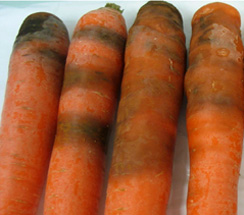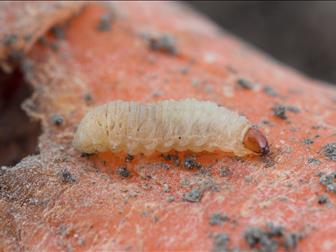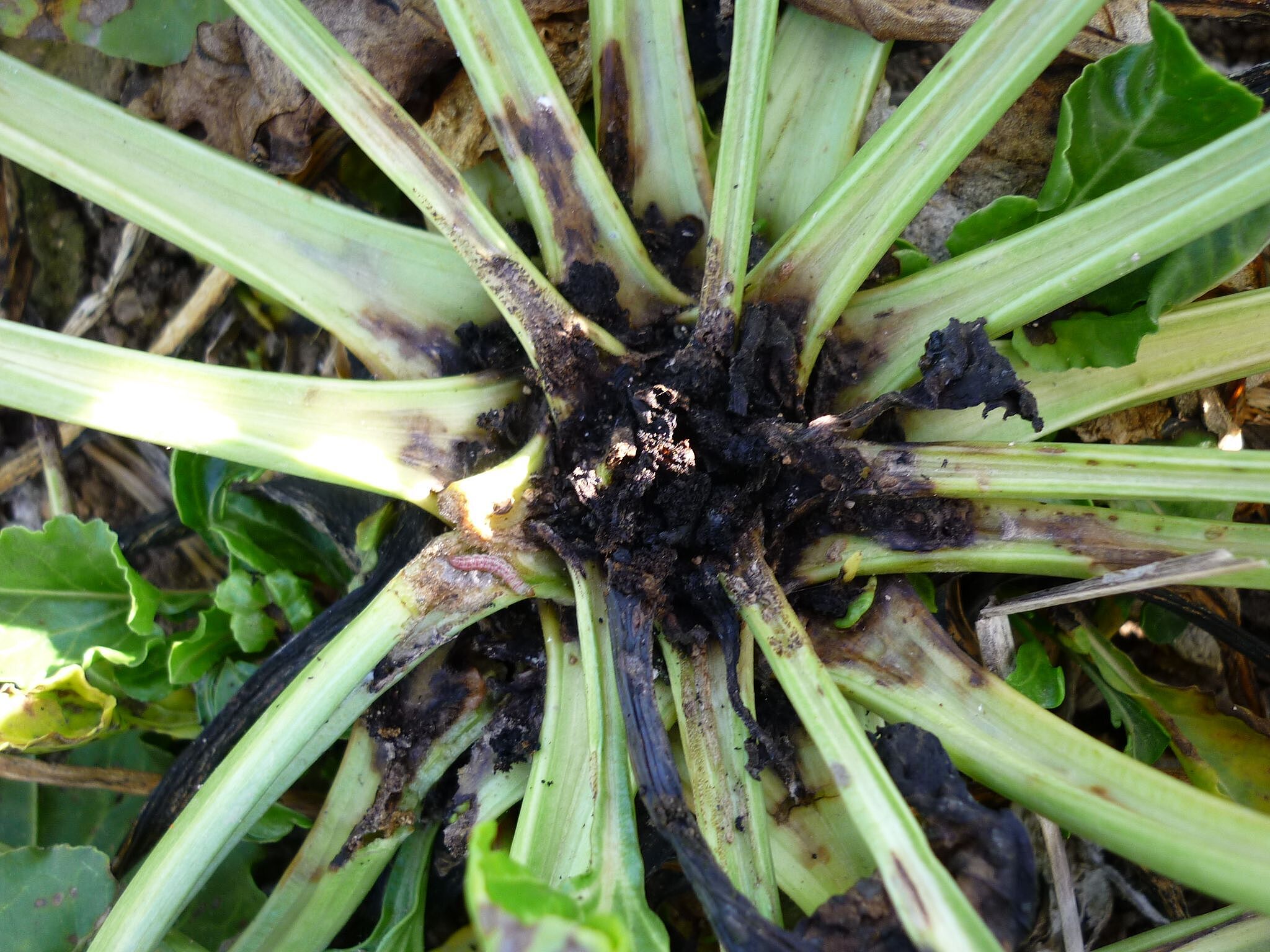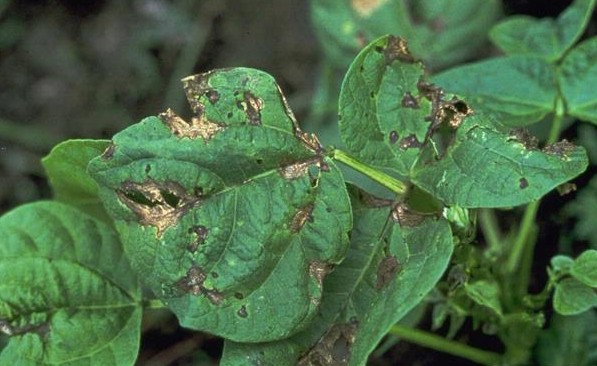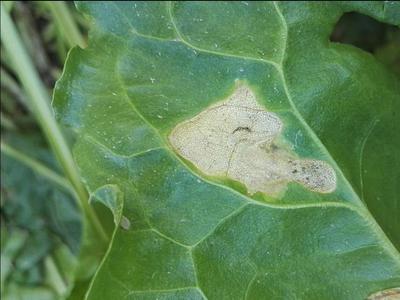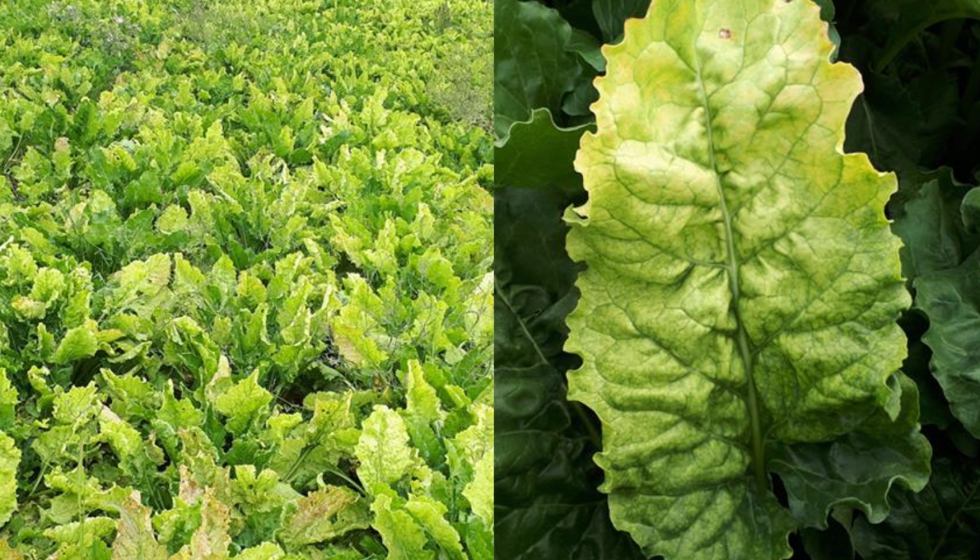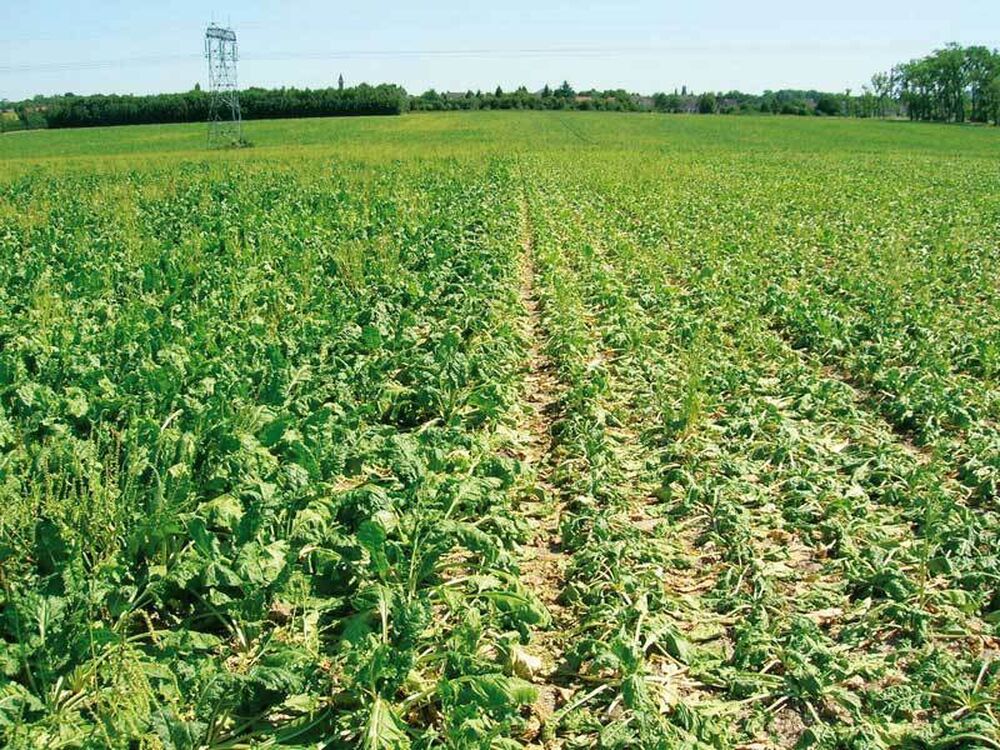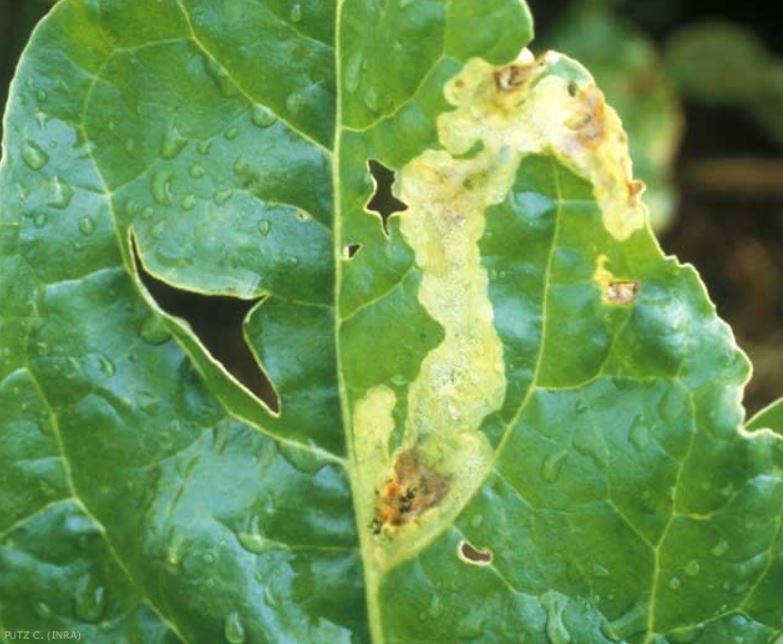
Tomate
How to recognize and combat thrips in tomatoes
Thrips
Insect
Type:
Risk to the plant:
HIGH
Frankliniella Occidentalis
Pathogen:
Trips

WHO CAUSES IT?
Frankliniella occidentalis, commonly known as the western flower thrips, is a small insect belonging to the family Thripidae. This pathogen is an insect with an elongated, narrow body, generally pale yellow to brown in color. Its life cycle includes egg, larva, pupa and adult stages. Females lay eggs in plant tissue. The larvae emerge and begin to feed on plant cells, causing direct damage. After passing through two larval stages, the larvae fall to the ground or take refuge in the plant to pupate. Finally, adults emerge and continue the cycle, reproducing rapidly under favorable conditions. This rapid life cycle and its ability to reproduce in various climatic conditions contribute to the difficulty of controlling it.
SYMPTOMS
The disease caused by Frankliniella occidentalis in tomatoes manifests itself through several symptoms that affect both the quality and quantity of the harvested product. Damage is mainly mechanical due to feeding by larvae and adults, but also includes the transmission of plant viruses, such as Tomato wilt virus (TSWV). The feeding of these thrips causes the destruction of plant cells and the deformation of tissues.
- Presence of silver scars on leaves and fruits
- Deformation and necrosis of tender shoots
- Reduction of plant growth
- Black Taches (excrement) on the surface of the leaves
- Loss of general vigor of the plant
- Virus transmission that causes ring Taches and chlorosis
- Malformation and fruit drop
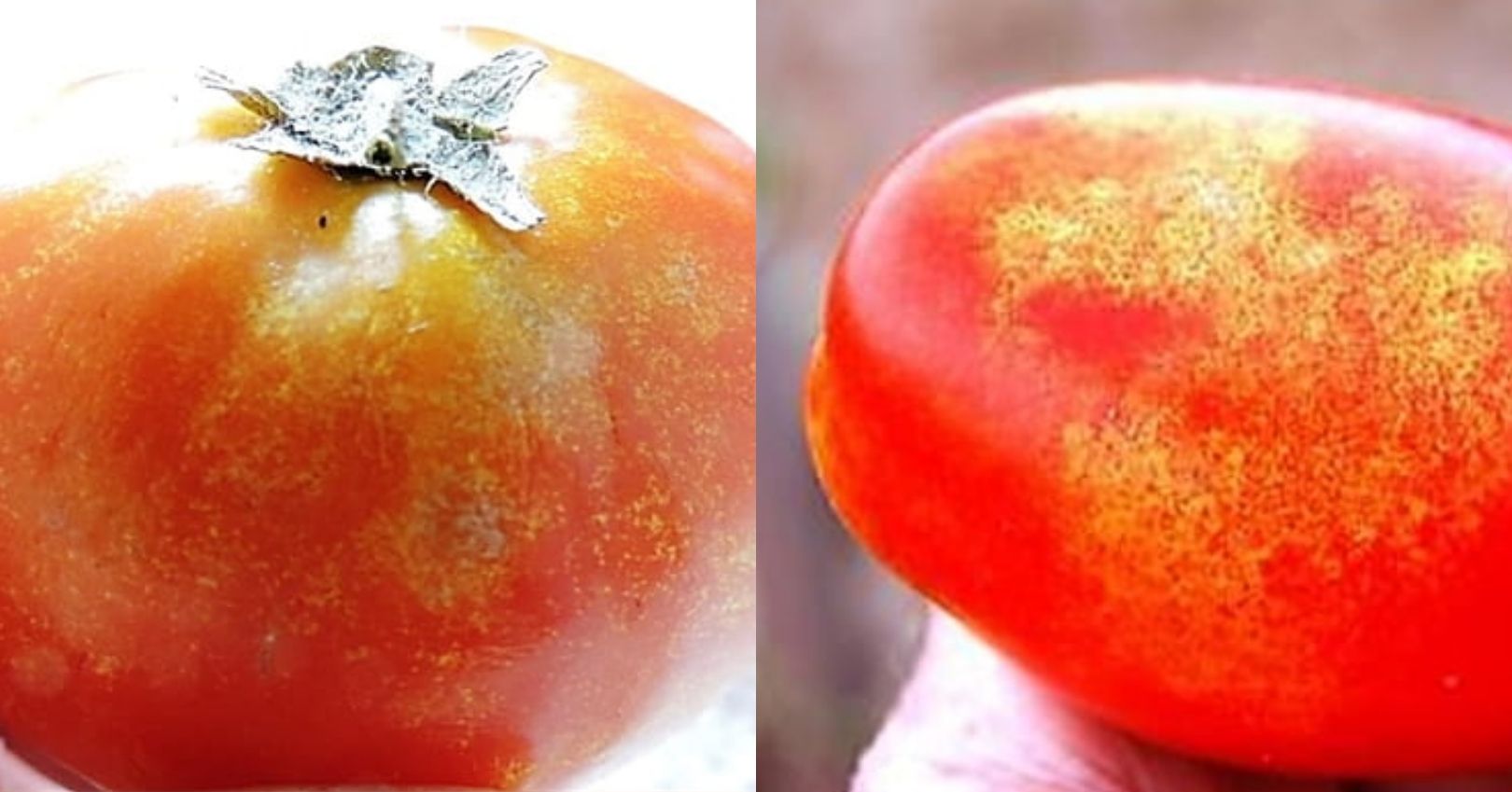
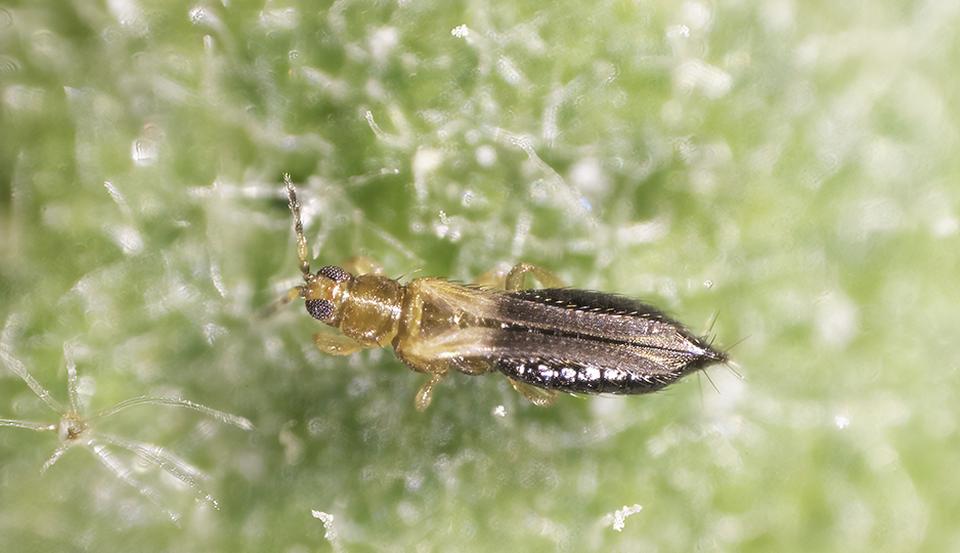

DEVELOPMENT CONDITIONS
Temperature:
20-30°C
Humidity:
50-80%
HOW IS IT SPREAD?
Direct contact with infested plants, wind, soil movements, contaminated tools, transportation of infested fruits
HOW TO ELIMINATE IT?
Home treatments
Natural allies
Chemical treatments
There are no treatments for this disease. Treatments are directed at the insect vectors that transmit it. See insect treatments.
RECOMMENDED PRODUCTS TO ELIMINATE THE PEST
REPELLENT PLANTS
Chives, Garlic, Calendula
RECOMMENDATIONS
- Check your plants frequently, especially on the underside of the leaves
- Keep plants healthy and well nourished, as they are more resistant to pests
- Use blue or yellow sticky traps to detect and catch thrips
- Remove weeds and plant debris where they can hide
- Water regularly but without flooding, since thrips prefer dry environments
- If there are many thrips, you can use a mixture of potassium soap and neem oil or an infusion of garlic with neutral soap as a natural treatment
- For severe cases, consider a phytosanitary product recommended by a technician







